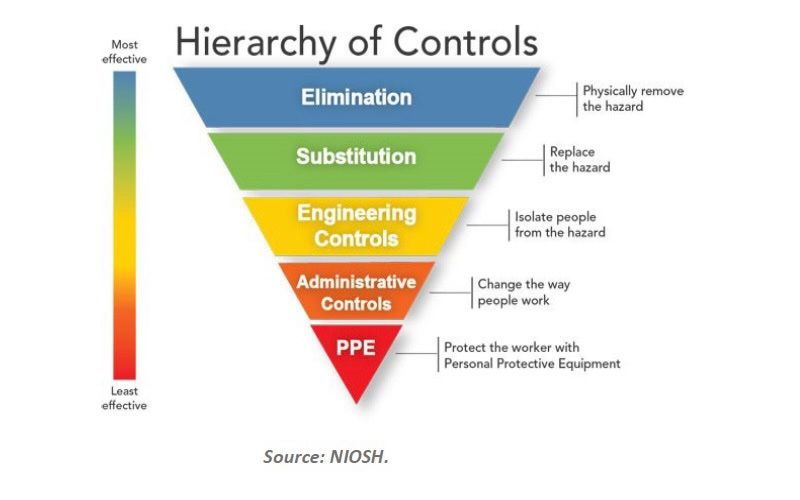Key takeaways from the Food Processing webinar on how to prevent and mitigate combustible dust explosions in food plants.

Though it can appear harmless and be overlooked entirely, combustible dust is extremely dangerous in food processing facilities. Any solid material composed of distinct particles can present a fire hazard according to the Occupational Safety & Health Administration.
A range of food processing products, from wheat flour to sugar, cornstarch and other powders, are susceptible to combustible dust. In 2008, a Georgia sugar plant suffered the largest combustible dust explosion in recent history. Fourteen people were killed, with 42 injured. The secondary explosions that followed the first ultimately caused the catastrophic destruction, demonstrating the importance of preparing not only for an initial explosion, but the ones that follow.
Food Processing recently hosted a webinar on preventing hard-to-detect problems in food processing facilities, including combustible dust. Below are several guidelines from the webinar to keep your facility safe.
3 ways to prevent combustible dust explosions
1. Conduct a hazard analysis—The first step in mitigating combustible dust is identifying it through a hazard analysis. This process will help you determine the risk associated with the dust, and the appropriate control methods to prevent it from endangering your facility.
2. Define your dust—Not all dusts are created equal, so you must test for two factors to better understand what you’re dealing with:
Severity
- How quickly the dust burns and at what temperature (Kst)
- The maximum pressure the dust creates in a controlled explosion (Pmax)
Probability
- Minimum ignition energy (MIE)
- Minimum explosive concentration (MEC)
- Minimum ignition temperature (MIT)
3. Take preventative measures—Implement the following measures to ensure your facility is as safe as possible.
- Maintain housekeeping—Keep your facility clean to minimize the accumulation of dust and the effects of a potential explosion.
- Use control equipment—These are devices or controls that minimize the introduction of an ignition source into a process.
- Implement safe work methods—Hot work permits and other processes reduce the introduction of sparks, flame or heat into a work process.
- Educate personnel—A workforce that knows how to prevent combustible dust explosions is as important as any other safety measure.
4 key elements to mitigating combustible dust
1. Venting—Calculate a relief vent area that releases pressure at a given point. Flames and unburned fuel mix will be vented before an explosion can occur. This method should be used when the dust collector is outside and vent discharge can be directed to a safe area.
2. Flameless venting—This method releases pressure and extinguishes flames and can be used with an explosion vent. It eliminates the need for equipment relocation or ductwork for indoor venting.
3. Explosion suppression—This is a quick, safe method to suppress explosions, which uses pressure detectors, optical detectors, control modules or suppressant containers and nozzles.
4. Isolation—To prevent an explosion from spreading, you must isolate each process. Secondary explosions are what cause the most damage in combustible dust incidents; separating each process ensures the containment of the initial explosion. There are two forms of isolation to consider:
- Mechanical isolation—this method uses automatic fast-acting valves designed to prevent backflow from one process to the next.
- Chemical isolation—This method releases chemicals when activated by sensors to stop an explosion.
– Mike Keough is the director of Business Development at Stellar. This article originally appeared on Stellar Food for Thought. Stellar is a CFE Media content partner. Edited by Erin Dunne, production coordinator, CFE Media, [email protected].
Stellar is a CSIA member as of 11/30/2015



